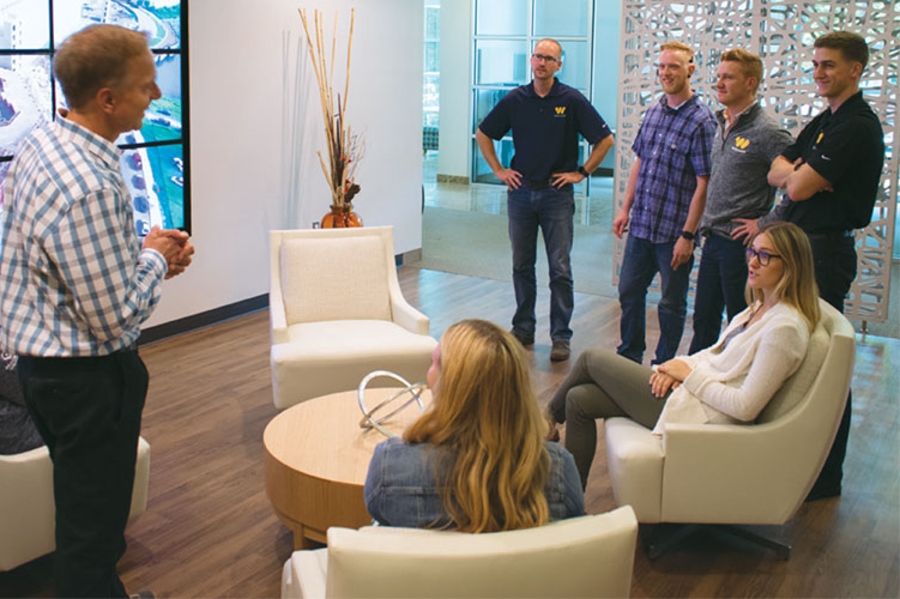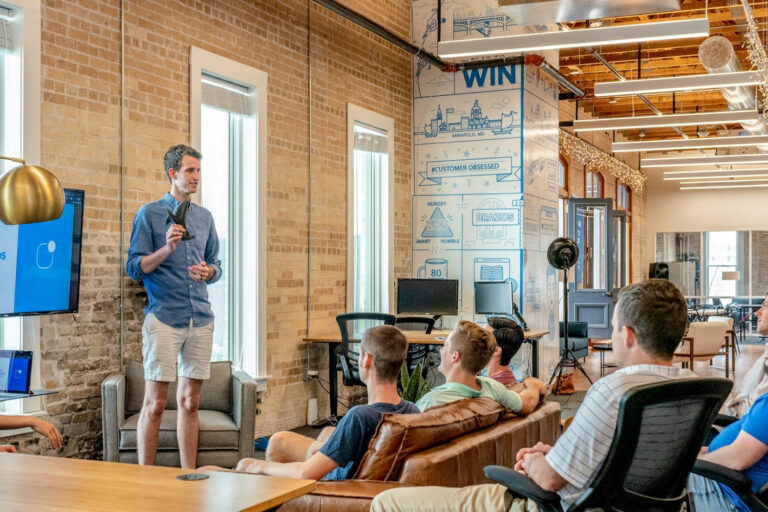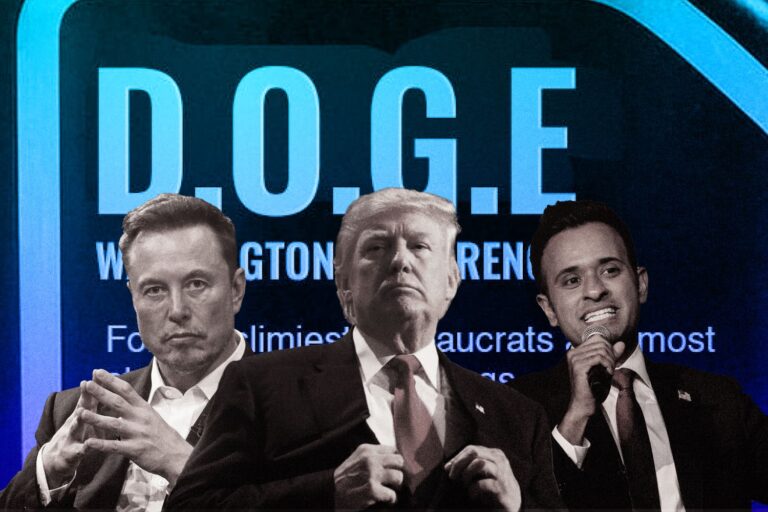Wieland & Its Tech-Driven Growth Mentality That Challenges Conventional “Know-How”
Founded in 1958 by Don A. Wieland, Wieland has since become one of the premiere design/build and construction management firms in the United States, having been named one of Engineering News Records (ENR) Top 400 Contractors.
With headquarters in Lansing, Wieland also has regional offices in Shreveport, Louisiana; Orlando; San Diego; Marshall, Texas; and the newest, in Raleigh, North Carolina. With its nine-member ownership group and 135 construction managers nationwide, Wieland prides itself on building an energetic, tech-savvy corporate culture that defies traditional industry stereotypes and attracts talented, enthusiastic employees.
A Family-Built Company Fixated on Tomorrow
Wieland’s foundation story features that hard-headed bootstrap tenacity that defines earned American success; the company’s early energies embodied in the unstoppable Don Wieland. In 1958 Don began the company that bears the family name, designing and fabricating metal buildings around the Midwest. The company experienced phenomenal growth in the 1960s, serving key repeat clients throughout Michigan and elsewhere in the United States. Surviving the economic collapse in 1970s, Wieland construction bounced back with a philosophy to be a professional construction management firm and no longer manufacture on its own buildings nor self-perform its own works.
Don clearly had a healthy fixation tomorrow. “My dad had one of the very first fax machines, and it was huge.” Don’s son, Craig Wieland recalled. “You’d feed a drawing into it—it was on a telephone—and a half-hour later the drawing would have crept through the machine and it would appear, you know, on the other side of the country.”
However, Don Wieland lost a valiant battel with Crohn’s Disease in 1990 but had paved the way for his two sons, Craig and Scott Wieland, to take over the company. The company corporate headquarters from Bay City to Lansing during this transition, and Wieland Construction continued to grow and diversify its client base.
The story of how Wieland morphed from a small-town prefab metal dealer to the portfolio-stuffing juggernaut lied in the promotional flyers Don mailed out in 1962. “One of the flyers was answered by a guy in Lansing, Michigan, two-and-half-hours south of Bay City. And Dad drove down and the guy, W. F. Dart said, ‘Well, I’m going to need a 50 by 50 building.’” Dart then asked Don Wieland to wait in a restaurant across the street, where he would shortly join him. Four hours later Dart sauntered across the street to where Don had been patiently waiting, and they agreed that Don Wieland would build the 50 x 50 structure. It was a fortuitous job whose timing dovetailed with a little invention that would help Wieland scale.
As of 2014—and after some years of having run operations—Craig anointed Rob Krueger Wieland’s Tactical Visionary (not Rob’s actual title) and CEO (Rob’s actual title), making Rob Krueger the first non-family member in the company’s history to be given a key to the wheelhouse—and an ownership stake.
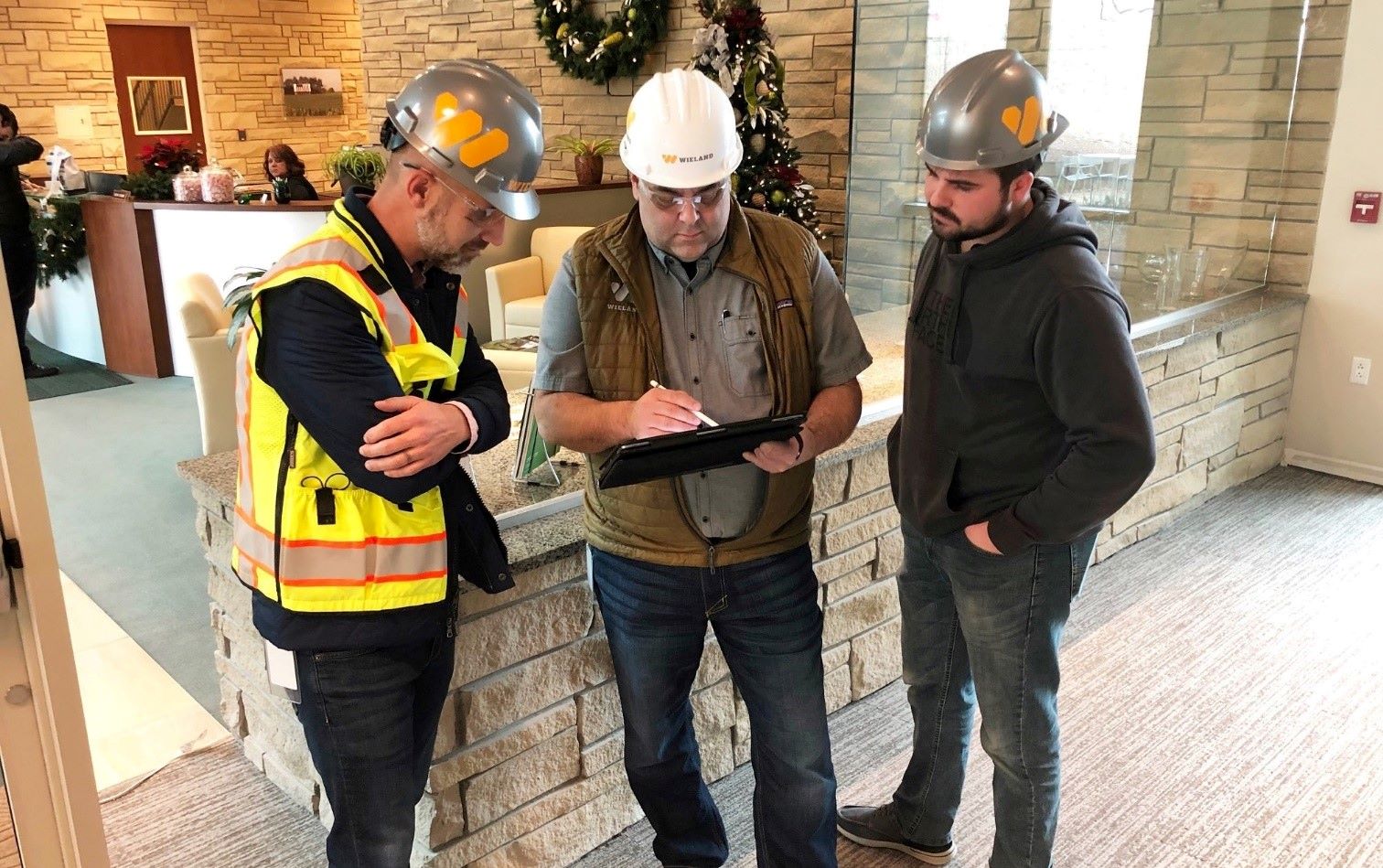
Craig was thus—momentously—opening Don’s ongoing legacy to broader non-family vestiture. Rob has drawn to himself a hand-picked team to help oversee day-to-day operations as he completely immersed in the company’s 21st Century mission and innovation. “I think we’ve done a poor job as an industry of promoting the story of how exciting an industry we are. How dynamic it is, how hands on it is, how diverse it is. We could be so attractive to an action-seeker, the sort of person who says, ‘You know what? I may not want to sit behind a desk every day. I want to get out where the action happens. I want to see things right in front of my eyes being transformed.'” Krueger said. “At Wieland we do that every day!”
High Energy and Optimism to Build the Company’s Culture
“In any industry right now, it’s important to recruit good workers,” says Maureen Devota, Wieland’s CFO. “You need to find people who want to come to work and show up every day and be positive and fun to be around.”
Wieland’s modern offices are designed with fun in mind. The Lansing office provides bikes for employees to use on a nearby bike trail, while the Orlando office has a rock wall and the Shreveport office has ping pong tables. It’s also not unusual to see employees at the LEGO station or working on puzzles during breaks.
Wieland has made a conscious effort to adopt the cool culture popular in California’s tech corridor. Krueger and Devota, who have worked together for 25 years, say they won’t allow the culture to become stale.
“We surround ourselves with high energy and optimism,” Devota says.
The company also borrows ideas from the tech sector to compete, recruit and retain top-notch team members.
“If you want people to really buy in to an idea, let them create the idea, develop the idea and foster the idea,” Krueger says. “They’ll champion the idea to the end.”
Stay Ahead of the Game with Technology
Wieland’s heavy investment in technology empowers its construction managers to work more effectively and efficiently. That focus has stemmed from the company’s early day as founder Don Wieland may have been the first person in the construction business to have a mainframe computer for steel building designs, Krueger says . That computer took up an entire conference room. Today, Wieland continues to lead its industry by working within construction-specific management platforms that give employees complete mobility.
“Our people move quickly and rarely are at desks or workstations for long periods of time,” Krueger says. “More likely, they’re on job sites, en route to job sites or traveling, but they’re always connected.”
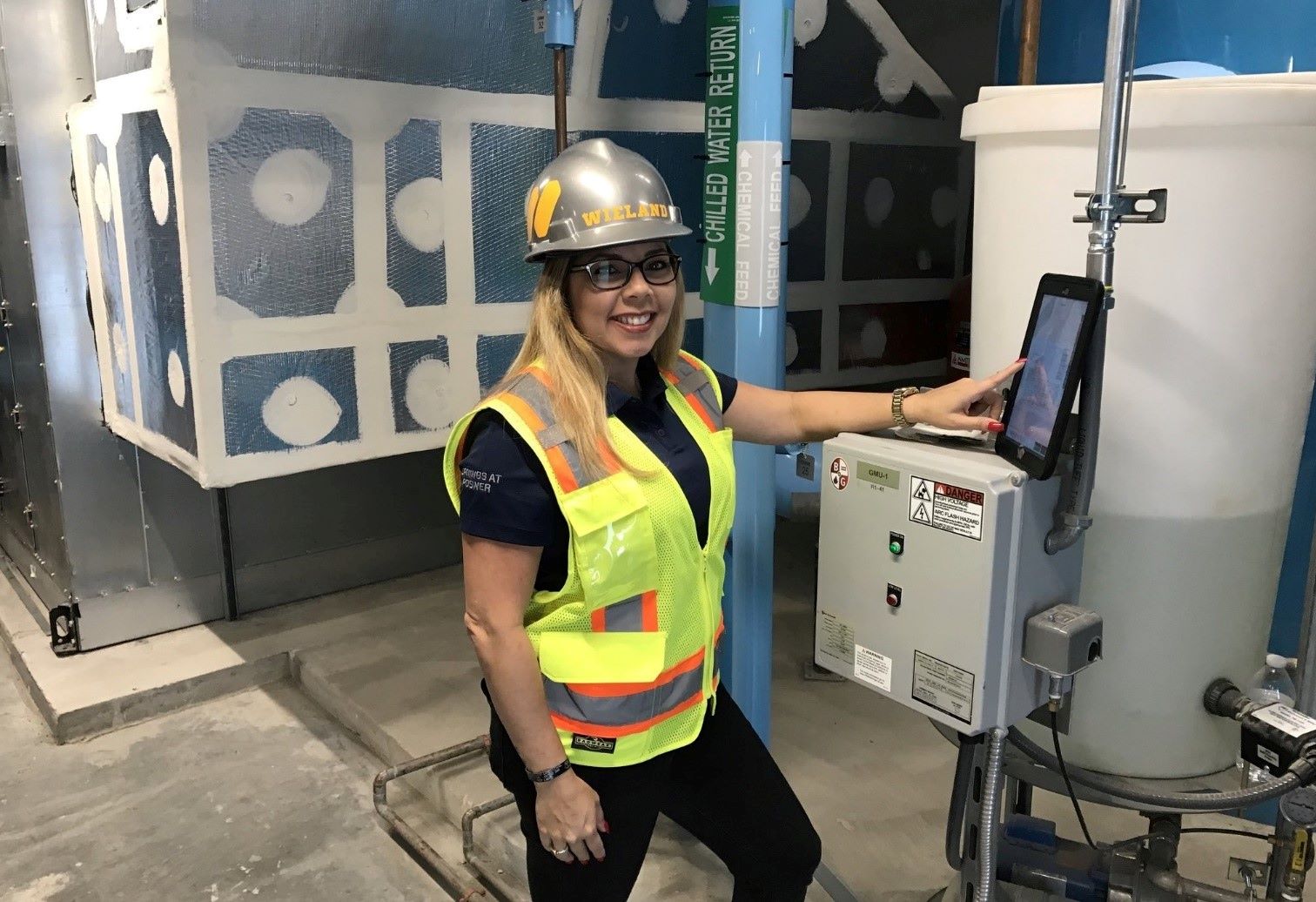
Krueger says that those you would traditionally see wearing hard hats and carrying rolls of drawings are instead using iPads to show potential clients in real time how they will more effectively update drawings and solve project conflicts. Wieland construction managers can also send questions to design professionals and owners for nearly immediate feedback.
“The question sends in two minutes and we get an answer in five and a change order in 10,” Devota says.
Meanwhile, the project continues without interruption, helping Wieland meet aggressive deadlines. In addition, the company uses 3D cameras inside construction sites so owners can do virtual walk-throughs of progress without ever visiting the job sites.
“They can be a 1,000 miles away or five miles away and stay involved,” Krueger says.
Differentiate with Paperless Workflow
Converting to a fully paperless workflow is a pretty radical undertaking on any project, and on this off-the-beaten-path greenfield site, this Lansing, Michigan-based general contractor certainly did not take the easy route. During its earliest site preparation, Wieland partnered with the local communications co-op to explore which internet services would be available and to install a mesh network with enough access points that every worker on the roughly 120-acre site could count on rapid network speed.
“We really wanted to push the boundaries,” says Rob Krueger. If his team could build a scalable network on a large scale, they knew they could do so on a smaller scale, and take some lessons learned with them to other projects.
“Now that the solution is built, we’re already starting to deploy it on other project sites,” he said.
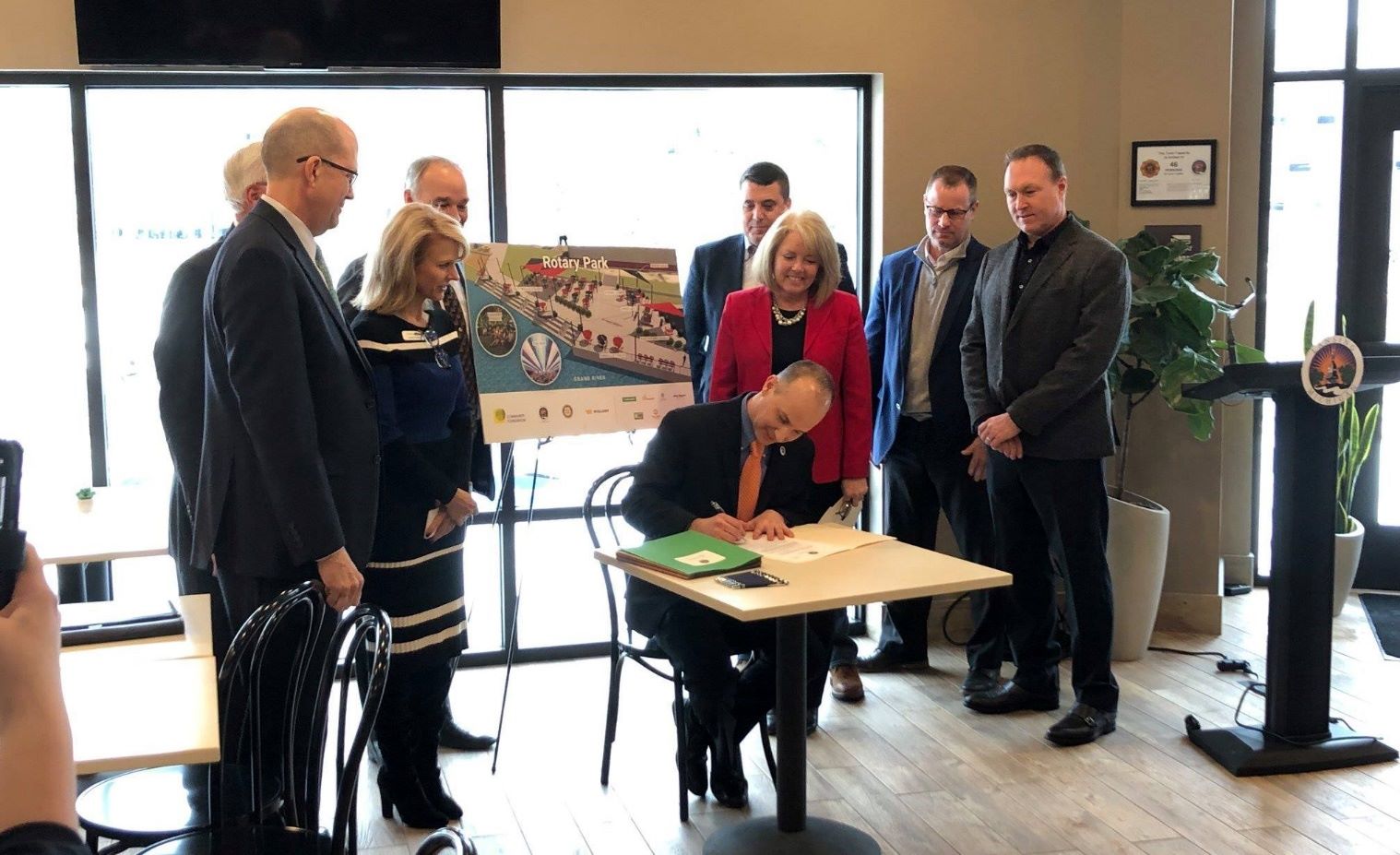
From the outset, subcontractors and suppliers agreed to work from Procore’s mobile app instead of paper documents and to pay monthly lease rates for iPad Pros. A three-way partnership between Wieland, Procore and Apple helped alleviate the burden of upfront hardware investments, Krueger said, while giving end users a direct line to app developers to improve their experience.
On top of the obvious savings on paper and printing costs, Krueger said one of the greatest benefits has been the guarantee that every craftsman on site is looking at the most up-to-date set of drawings. He also estimates that by eliminating trips between work areas and the trailer, going mobile has given project managers about two hours of their day back that they can use to work alongside crews and answer their questions.
When Wieland first announced the program, it was met with some stereotypical grumblings from workers who didn’t want to part with the way it’s always been done, coupled with concern that field workers might not be able to quickly adapt to the technology, Krueger said. “There was a little bit of fear that yes, this is great for the office guys and the guys that are tech-savvy, but what about the guys in the field?”
As it played out, the anticipated onboarding challenges were almost nonexistent — using iPads and iPhones was intuitive for the field workers and didn’t require much training, Krueger said. Plus, “once you get the ball rolling, there’s such momentum behind it that our guys want mobile apps to be able to do everything.”

Field workers became the biggest advocates for the mobile push, and Krueger said they’ve been a powerful force in the company’s overall technology strategy. “From corner offices, we can give edicts all the time that ‘we will use technology, you will use these devices,’ ” he said. “I think people kind of roll their eyes a bit at the next latest and greatest idea, but when you have the guy out there with mud on his feet and a dirty reflective vest and scratches on the hardhat saying ‘it allows me to work better, more efficiently’ — you listen to that because they have no other reason to be advocating for such things except that it really is effective.”
The mobile push with its resulting productivity boosts has been well worth the investment, according to Krueger, and has attracted some unexpected cheerleaders throughout. Both Pratt Industries and other project owners have been keen on the paperless environment. Not only are they wooed by the convenience of being able to check on project status at any time or location from an iPad issued by Wieland for the duration of the project, he said, but also, “if it was a way to develop the project more efficiently with a faster completion date and better coordination, they were certainly very excited for that.”
Rob Krueger: Design & Build Approach to Culture Change
When Krueger took over the helm in 2014, he wanted to continue the history of growth and excellence at Wieland but faced a challenge of becoming relevant and ahead of the market. Krueger realized that having technology didn’t make his company unique but how Wieland utilizes those technologies would make a competitive advantage.
However, building that competitive advantage requires the contribution of every employee in the company. It is not an easy task considering the old, traditional practice of construction. Commenting on the need for tech-savvy construction company like Wieland, Ed Lorenz, VP/ Regional Director said: “It’s definitely growing” – he believed. “I would say it’s not quite there yet, because there’s still a lot of that old-school mindset that construction workers are these boot-wearing, sleeveless guys. And that’s not what they are.”
To make innovation and technology the focus in the construction industry, Krueger believes that Wieland needs to implement a culture change. He ponders over the question of how to build a company’s culture that matches what the industry is demanding. “If we want to have a competitive advantage, a culture change is what we’re going to start with” – said Krueger.
The first part of his approach to a culture change is to think of its alignment or the design side. You have to understand the need for change or the “rational why” behind that. In Wieland, the “why” lies in its competitive advantage as the company didn’t just want to survive but rather, to grow and thrive. “We want to be a dynamic place to build a team of construction professionals but also be relevant in the industry and in the realm of our clients” – Krueger said.
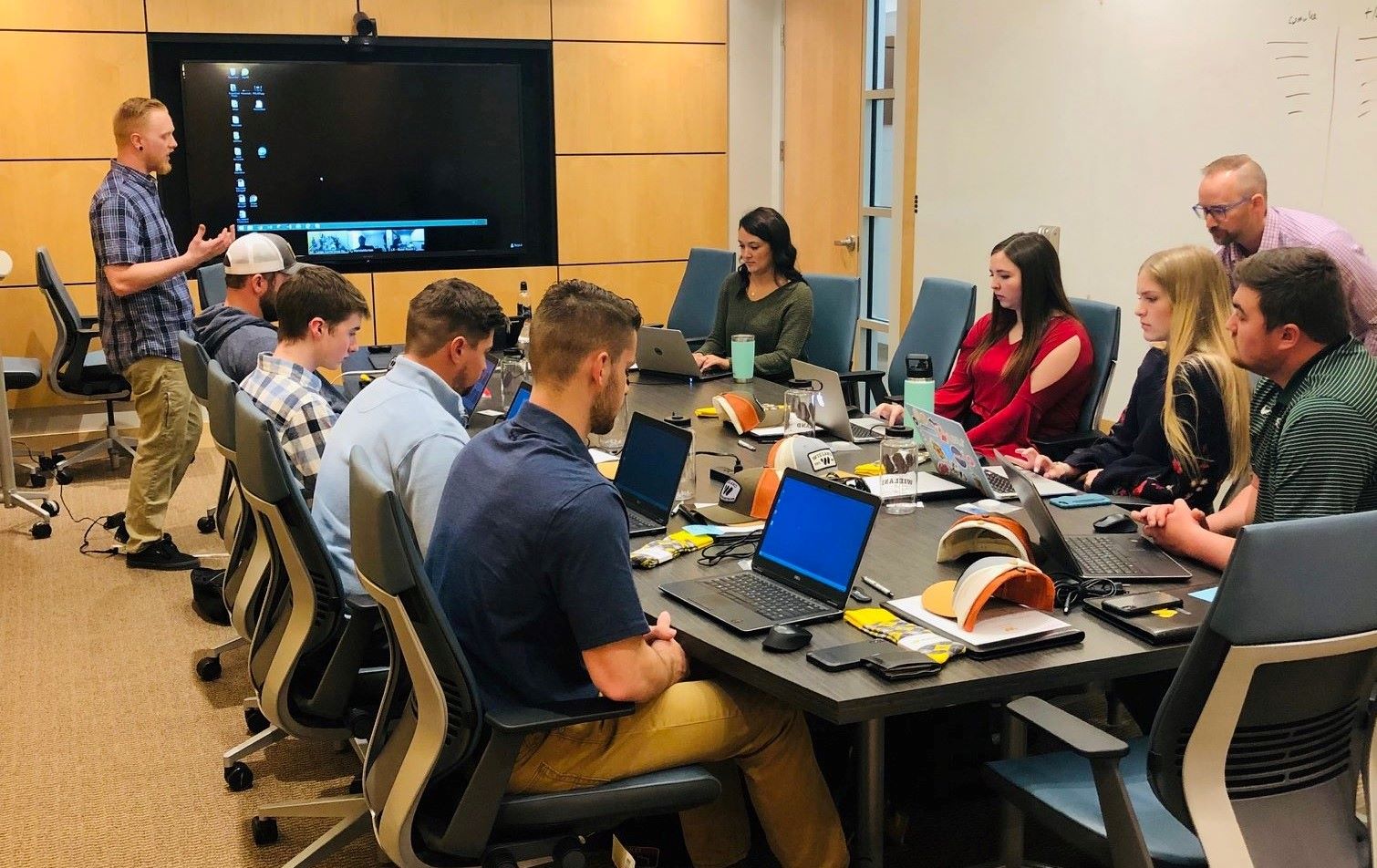
One of the most important facets in implementing a culture change is to enlist the support core team members and stakeholders. In order to do that, one must scale the solutions. As the projects might be too overwhelming for employees, leaders must employ certain scalable solutions to make room for adaptation. “Or the culture change will be undertaken”, says Krueger. Moreover, he emphasizes that leaders also need to create a vision of the opportunities that exist in culture change as well as the implications that come from those new solutions.
The second part of culture change is to build the engagement of your team or Kroeger refers to it as the build side.
Leaders need to motivate their team by connecting in an emotional level of “why do we need to change” and communicate to engage your team with the change. Krueger understands that these actions take time, and you need to build it from the foundation to the way up. The final element of the build approach is to consolidate things that are working and be brave enough to admit the things that are not and do something about it. Though it sounds easy, not every leader is willing to do that, Krueger believes. “For those of us who are pretty confident leaders, sometimes it’s hard to have an honest and open feedback of how we’re doing.”

